
Choosing the Right Running Shoe
With all the different types of shoes on the market how do you separate the marketing from the facts and decide which is best for you? The first thing to
So I’ve discussed the how behind breaking down and preparing for an ultra. It’s time now for the sexy part, the what. What do you have to do to prepare yourself physically and psychologically for a race like this?
I’m writing this on my phone on the plane to Chiang Mai so there’s a chance I maybe be a bit more succinct. Which will be a relief for you guys even more so than me.
I’ll place the disclaimer in here again before I start. Please don’t take away from this article that you have to do the same volume or intensity of training to achieve your race goals. This plan as specific to my goal and my training history. I know that I adapt well to this style of training, I enjoy big mileage and I have a number of years of 100k+ weeks under my belt. Instead, please focus on the structure of the plan and the why behind each workout and the specific adaptation it’s trying to elicit. If you do have big scary goals, you want to achieve then every workout needs to have a purpose and the entire cycle needs to have a specific structure and progression. This becomes truer the longer you’ve been in the sport and the more specific your goals are.
As I touched on last time, UTMB Thailand was going to present several challenges to me after having spent 12 months almost exclusively road running:
1. Vertical gain (6000m+)
2. Vertical loss (6000m+)
3. Heat and humidity (25-35c/70-98%)
4. Nutrition
5. Fatigue resistance
Therefore, all of my training would have to encompass elements to improve these factors. Here’s how I planned to tackle each of these:
1. Vertical gain
This race had 6000m+ (the ‘+’ is a get out of jail free card UTMB use when the race inevitably has a lot more gain than stated) of climbing with grades varying from 9-17% (read: very steep) and several continuous climbs of 1000-1200m. During an ultra, you will lose more time and burn through a lot more energy by not being able to locomote uphill efficiently and quickly compared to downhills (unless your quads blow out). The uphill’s are also so long and steep than running them continuously is not an option, at least not for me. Therefore, developing a fast and efficient hiking technique will be essential. Most professional and elite mountain ultra-runners measure weekly volume not by miles or time but by vertical gain. This shows how important this element of the training is. Jersey has very little in the way of 1000m+ climbs so I would have to be integrating multiple hill repeats, hilly long runs and uphill treadmill hiking to reach the requisite amount of gain per week and to work on the skill component. Ideally, you want your longer runs and weekly volume to match the vertical gain per km/mile to that of the course (some use total elevation change per distance unit). I knew that my volume would be so high that this wouldn’t be possible but I aimed to try and hit 19,000ft of vertical ascent per week as this was roughly the amount I would face during the race.
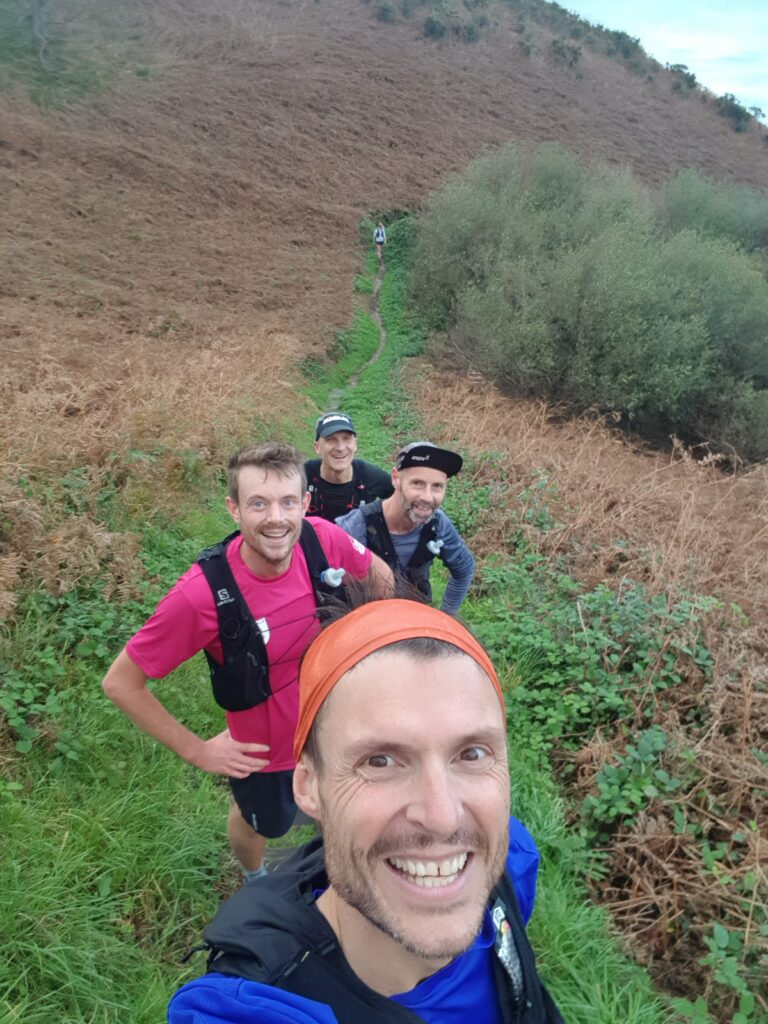
Climbing. So. Much. Climbing.
2. Vertical loss
What goes up, must come down. Whilst uphill running mostly relies on muscular strength and aerobic fitness, effective downhill running relies on skill and resistance to muscular damage. When we run downhill, there are anywhere from 6-9 times our bodyweight of force going through our legs. Our muscles, predominantly the quads and glutes, eccentrically contract (read: lenghthen under load) under impact to absorb this force. This causes a great deal of muscle damage. If you go to the gym and do 5 sets of heavy squats after not having done any resistance work for a while, you will have very sore muscles two days later (DOMS) as these muscle fibres themselves are damaged. During a hilly ultra, the same thing happens, the only difference being that you will feel this pain whilst you are running. The muscular damage can get so bad that you can’t even walk downhill, let alone run. This happened to me during CCC 2017 where I blew out my quads and had to crab walk the last downhill 5k into Chamonix.
The best way to offset this damage is to improve your downhill running technique and utilise the Repeated Bout Effect (RPE) to reduce muscular damage. The more skilled you are at descending, the less impact your legs will take. Fairly obvious. The RPE is a fairly new concept (although has been practiced intuitively for years). When you run hard downhill, you create damage in your leg muscles but with proper rest and recovery, these muscles repair, adapt and become stronger. When the same session is done again after you’ve recovered. less damage is caused by the same stimulus. (measured by levels of Creatine Kinase in the blood combined with subjective feedback). So there is a protective and adaptive effect of running hard downhills. Studies have also shown that the effects of a single session can last several weeks meaning that you don’t need to do as many of them which is awesome. The caveat is that each downhill session has to be very hard and prolonged, which brings inherent injury risks. Ideally these bouts would be completed on long trail descents, on a downhill treadmill or a regular treadmilll with the rear lifted up. None of these were viable options for me so I had to settle for intense downhill repeats on steep roads and trails with the hope that this impact would be sufficient.
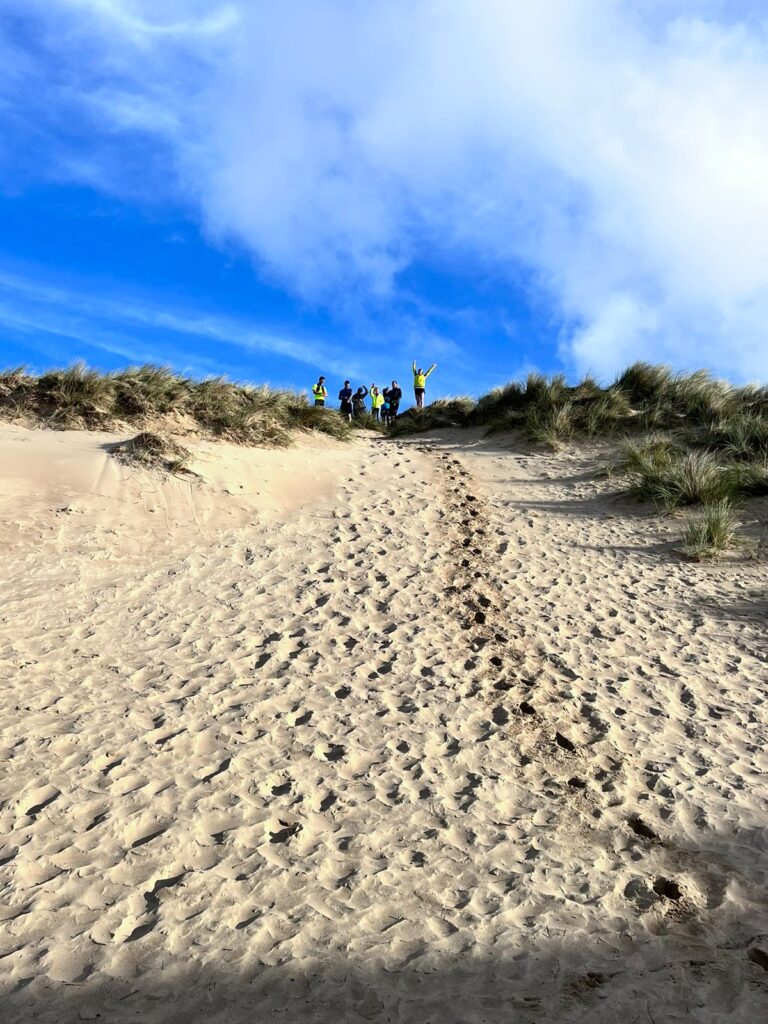
Running up sand dunes is hard. Running down sand dunes is class.
NB. One way to reduce work load on the uphill’s and damage on downhills is to use running poles. For these to be effective though, you need to be fairly proficient in their use, especially for descents. I’m not a big fan of poles and I didn’t think I’d have enough time prior to the race to master them so I decided I would use them just enough on some sessions to get a feel for them again should I choose to use them.
3. Heat and Humidity
Although towards the end of the rainy season, Chiang Mai still promised to be in the 30+C range with humidity ranging from 70-100%. Fairly different to Jersey Winter. The gold standard for preparing for these conditions is dry sauna, 20-30min bouts post-run, 6 weeks out of the goal race. Ultra running coach Jason Koop has devised a tried and tested sauna protocol which I utilised and have outlined below which I would attempt to follow religiously. Heat training protocols like this aim to increase sweat rates and blood plasma volume so that you can more effectively cool yourself in warm and humid environments.

If you’d like to know more about heat training protocols, check out Jason Koop’s article: https://trainright.com/ultrarunners-heat-acclimation-cheat-sheet/
4. Nutrition
I’ve banged on about fuelling all year so most of you know that I think runners need 60-90g carbs per hour minimum during training and racing. I have been able to achieve in races lasting up to 7 hours with gels alone. The question was could I consume 80g carbs pH in gel form for 15hrs+? All I could do was to practice as much as possible in training, especially on longer runs. I know I can supplement with powders and fall back on bars but I really wanted to keep my fuelling strategy as simple as possible and move as lightly as possible with food I knew I could tolerate (rather than relying on aid stations). So the plan was a 40g super gel every 30mins until I crossed the finish line. If I was advising an athlete however, I would suggest getting used to consuming a range of different foods, of different consistencies of both the sweet, salty and savoury variety. This is the safest and most effective way to reduce the risks of GI distress negatively impacting your race. Yet another case of do what I say not do what I do.
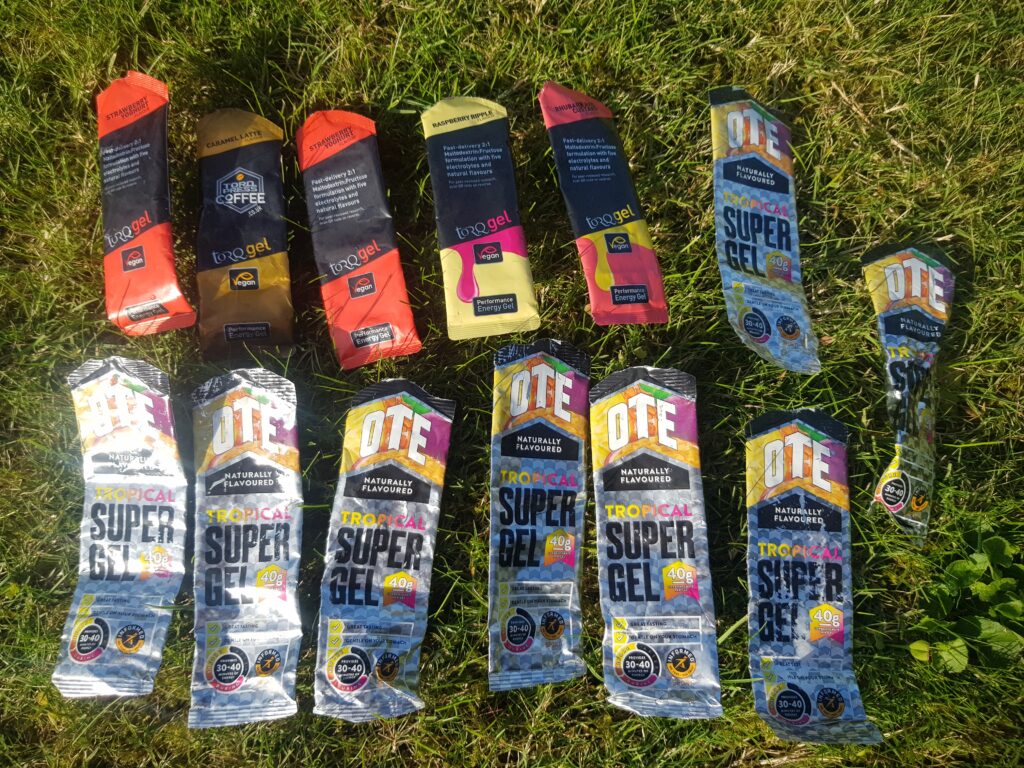
2023 was year of the breakfast gel. It’s also the year I will get my first tooth removed. Probably a coincidence
5. Fatigue Resistance/Durability
These notions have been bandied about for some time by coaches and exercise physiologists. Fatigue Resistance/Durability is essentially the ability to continue locomoting efficiently/economically for long periods of time at the same output. Our running economy worsens the longer we run for as fatigue starts to set in. The goal then is to increase our ability to run for longer at the same output. I set about doing this by having a very high weekly training volume combined with longer long runs than I would usually utilise myself or prescribe my athletes. I normally avoid dishing out sessions over 3 hours as there are diminishing physiological returns. Injury risk goes up, aerobic gains go down and the recovery window exponentially increases meaning that you lose out on completing more sessions. I don’t think this is a good trade off usually. But so long as my quality sessions weren’t impacted and I could recover, I would be happy to experiment with myself. I was hoping that these sessions would improve my fat-burning abilities further, increase my resistance to impact and teach to run efficiently at the same pace whilst fatigued. It’s still going to hurt like hell mind.
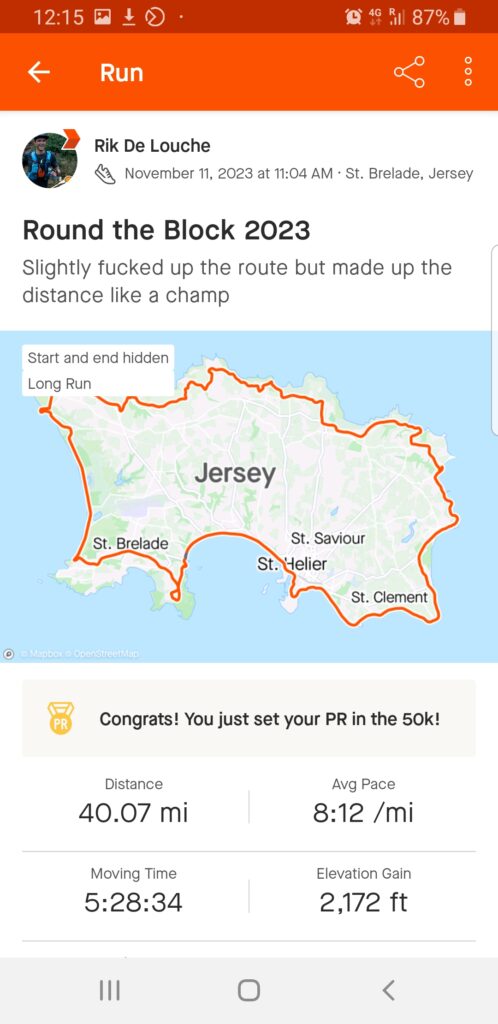
Although not very lumpy (read: unspecific) this was probably one of my most enjoyable runs
So these are the specific adaptations I was trying to elicit. Below is my initial training plan written prior to starting.

Although some changes were made in the order and content of sessions, this was fairly accurate
You’ll see that most days are doubles. This is the most effective way of adding volume to your week, especially when you’re running more than 70mpw. The second run of the day was usually an easy run or treadmill hiking session so super low intensity. Although it doesn’t provide true recovery, it does aid with some blood flow and shouldn’t impact the foIlowing day’s workout. I would sauna directly after running whilst my HR was still elevated as this would provide a greater stimulus (and reduce the time I had to spent boiling myself in a small wooden room with loads of other semi-naked strangers).
I kept in a Lactate Threshold session every week as I wanted to maintain this energy system I developed during my marathon training. It would also allow me to run efficiently uphill and process the lactate produced during higher intensity portions of the race. It would also allow for my flat ground running paces to ‘feel’ easier and more sustainable. Plus, I have a marathon build starting in Jan which I want to hit the ground running for. I also kept strides (very short bursts of speed with lots of rest) in to maintain economical running biomechanics and a high stride rate/cadence, which is especially important with all the easy paced running and hiking I would be doing.
The screenshots below show my Strava data for the 5 weeks prior to the taper by miles, time and elevation per week. As you can see, achieving the gain I wanted per week was very challenging and I struggled to hit my target. However, I was happy with the volume throughout and the quality of the key sessions. My recovery was much better than I thought it would be though by the final week I was pretty exhausted. Lou will attest to me staring into space a few times at the shop and dozing off in the doorway to the kitchen. But you need this level of fatigue to a certain extent if you want to create positive adaptions.
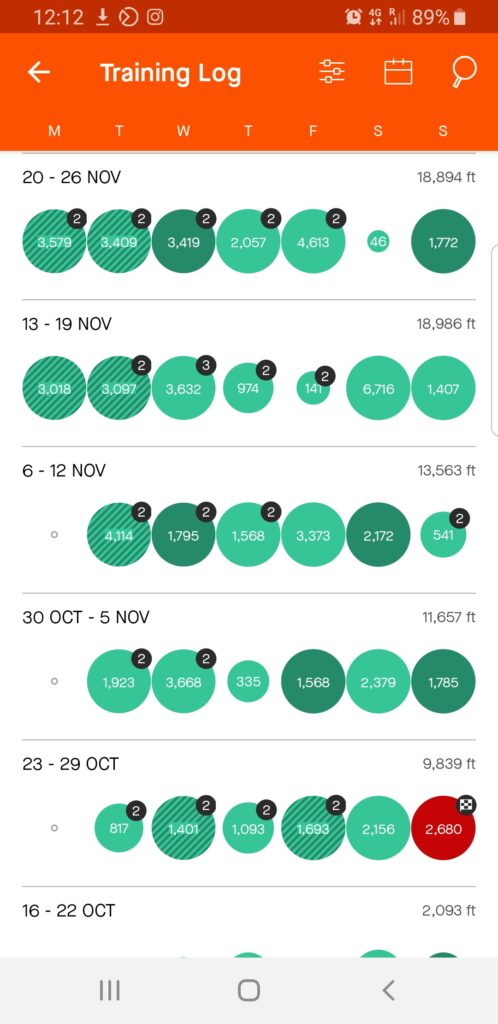
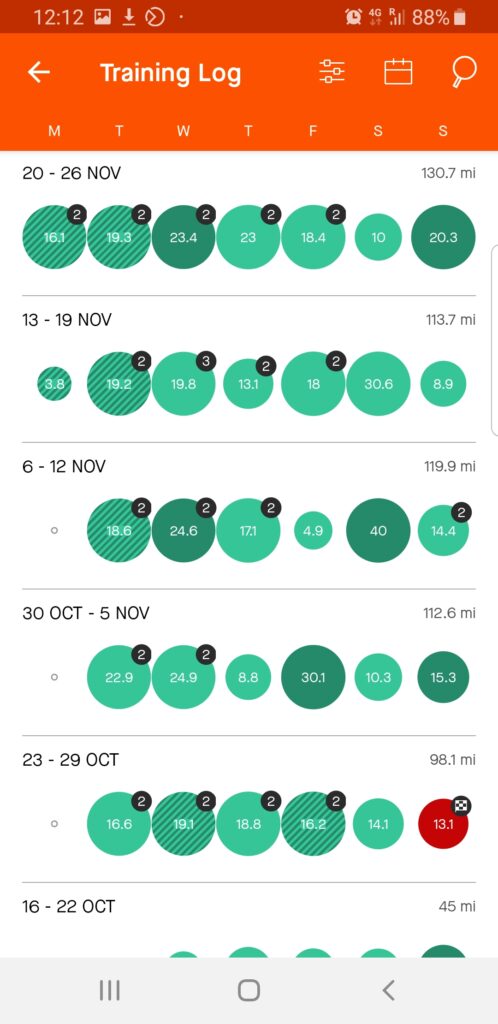
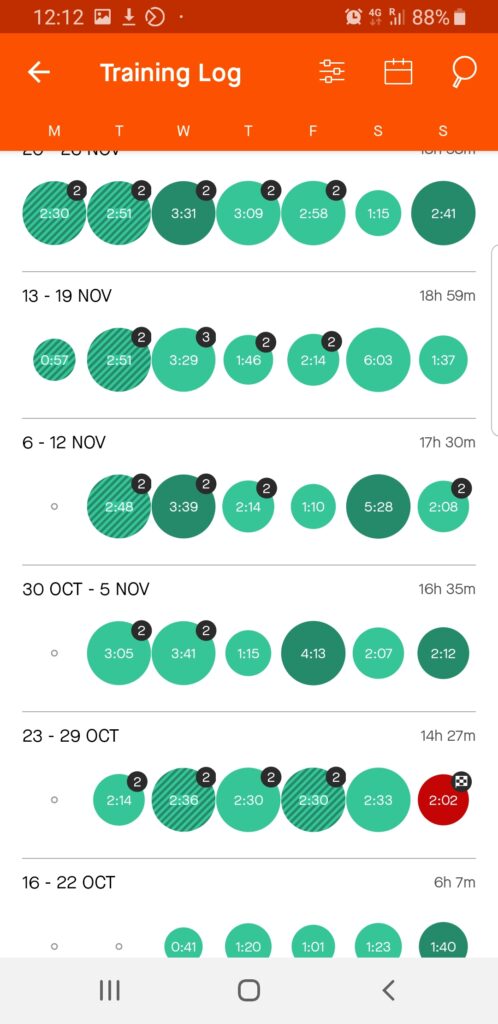
Overall I absolutely loved the block. I still had these ear, nose and throat issues which are either long COVID or some other nonsense. But as annoying and painful as these things are, I know they won’t get any worse. Bar a couple of niggles, I didn’t develop any injuries which I attribute this to my previous high volume, running a lot of low impact hills and running most of my volume at a genuinely easy effort.
At the start of the block, running hills was tough and remaining in zone 2 (by HR) was a challenge but by the end of week 2 I was already noticing improvements. I could climb faster and with a lower HR and by the end of the block I really felt like my uphill running and hiking was vastly improved. It is truly amazing how quickly the body responds to specific stimuli. I noticed the same benefits for the treadhill session’s in that I could eventually cover 3000ft+ in an hour fairly comfortably. These adaptations to uphill locomoting were probably due to improvements in biomechanics and technique as much a CV fitness.
It was harder to gauge improvements in downhill running, despite doing 3-4 sessions over the 5 weeks and running them as hard as possible. The first session produced a load of DOMS whilst subsequent bouts didn’t. It’s hard to know whether this was positive or negative. I guess the proof will ultimately come down to how I fair on the slopes of Doi Inthanon.
The sauna never really got any easier despite smashing it pretty much every day. I maxed out at 20mins and it felt like an eternity. Sauna minutes are somehow slower than interval minutes. But I did come to realise that saunas are a hotbed of gossip and unsubstantiated news.
Despite many days of miserable weather, I loved the extended long runs. I’m very much composed of Type 2 fibres, so the longer I go the better I fare, so this wasn’t a surprise.
What I would have done differently?
If I’d have had more time, I would have restarted a strength and conditioning routine, focused on building eccentric strength through heavy, slow resistance exercises. I think this would have definitely helped with the impact of downhill running. I would have ideally had more vertical gain per week and maybe tried to get off island to both experience some bouts of extended downhill running and practice more with poles. I should have also spent more time on the trails. A lot of my sessions were done on roads, mostly out of necessity as it allowed me to run from work and squeeze in more overall volume which is a trade-off I was happy with. I could have benefited from more sleep too. I probably averaged 6.5-7 hours per night which is definitely not enough for a training block like this. Next time I would also try and track my daily caloric intake as trying to consume enough food each day was challenging. I do feel like my macros were on point though. I would also take more photos. This is something I have to be better at generally and not just rely on others (mostly Lisa).
On that note, I would like to thank Lisa and Lou for putting up with my total lack of energy and chat for swathes of the last few weeks. There have been occasions where I’ve snapped at both of you and you’ve both been really sound about it. So thank you. I would also like to shout out Liv, who basically did every workout with me. She’s an absolute legend and can provide adequate chat but most importantly, is comfortable with silence. I think she’ll have an absolute killer race tomorrow. It’s now 8 hours till the race starts. Time to get some sleep.
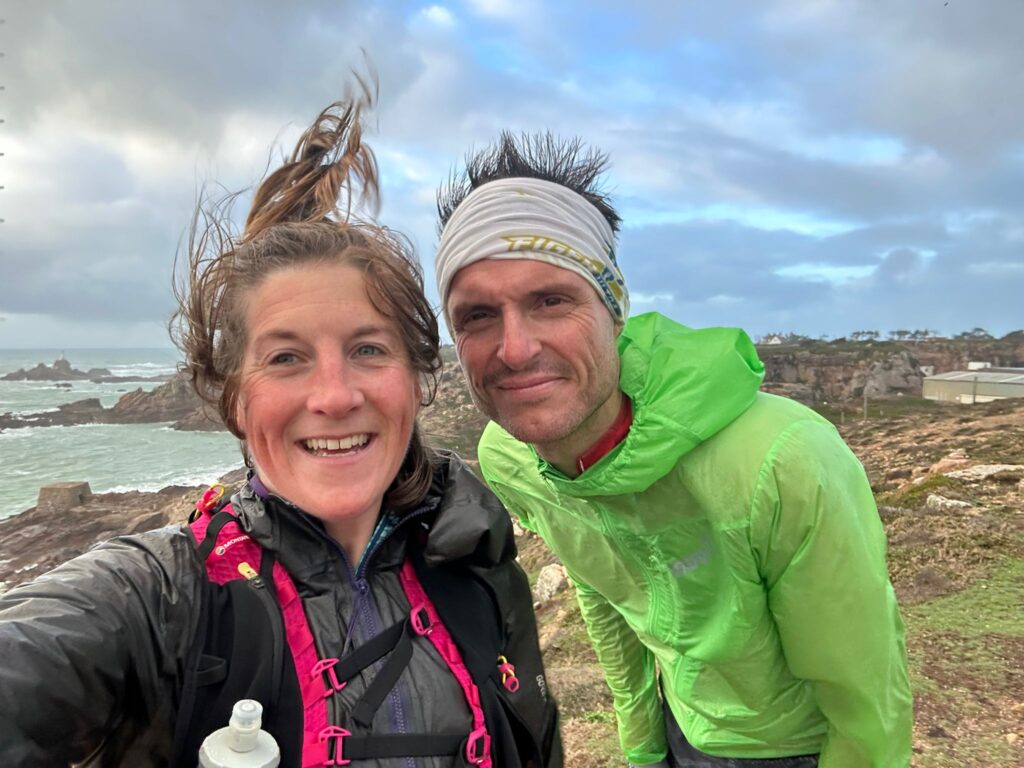
Towards the end, I did have occasions where I was a bit miserable

With all the different types of shoes on the market how do you separate the marketing from the facts and decide which is best for you? The first thing to
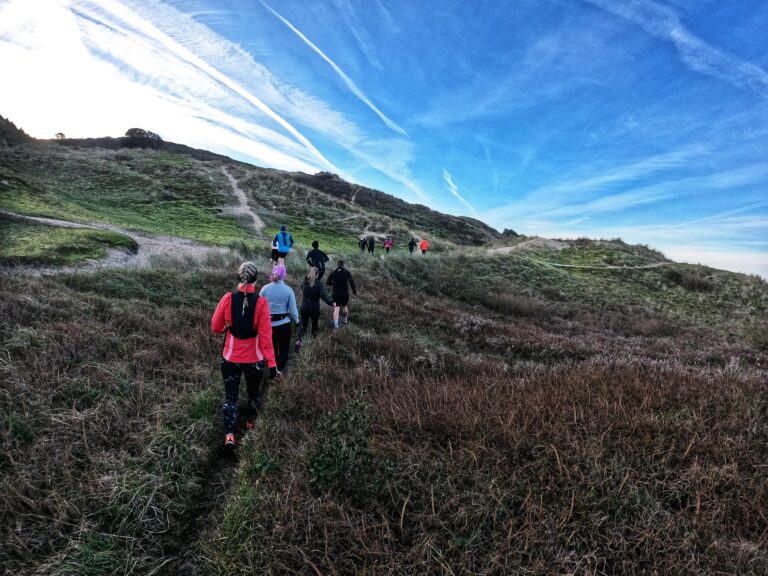
This morning we had our third ‘Intro to Trail Running’ session in and around the Sand Dunes. Attendance has grown each time, which is awesome to see, but I am
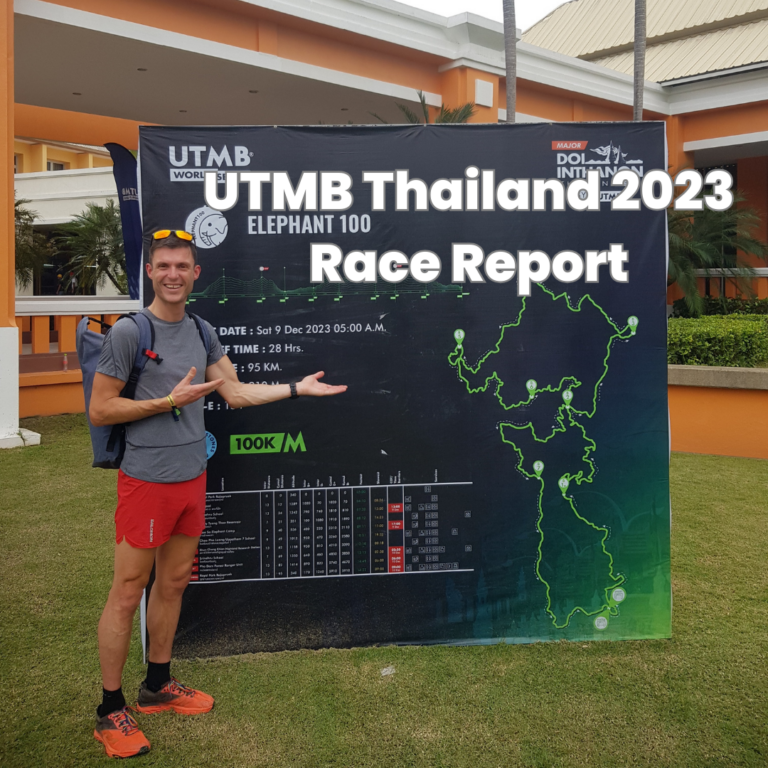
So I’m writing this a week out from finishing. It was definitely wise that I didn’t write up my report straight away because it would have mostly consisted of me

© Rock N Road 2024 - All Rights Reserved